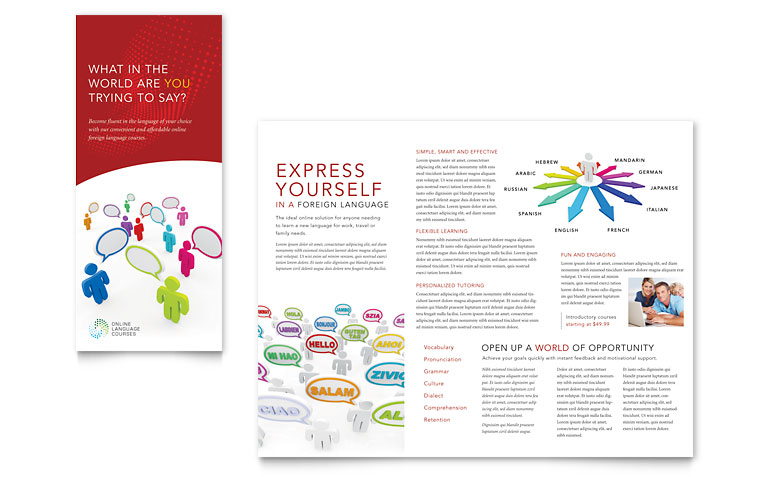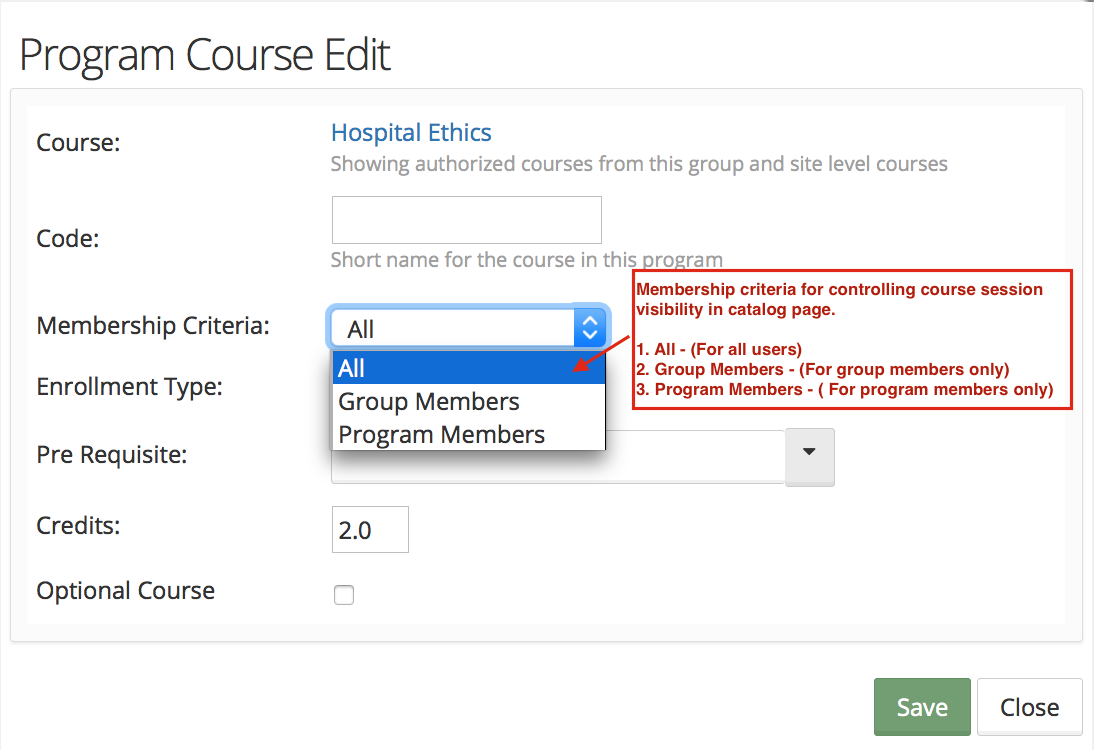Connect your documents to your data and forget manual updating
- What if you could have a software robot to flawlessly synchronize your documents’ contents with your data in one click?
- What if you could stop worrying about product prices and descriptions in your documents being up to date with your database or spreadsheet, and vice versa?
- What if you could synchronize everything (in either direction) in a matter of seconds or minutes?
- What if you could drag in pre-fab modules from a library, fill in one key, and have the rest of the module fleshed out for you?
- What if you could get this robot to work hand-in-hand with a building robot, so that after building, your document was fully linked and ready to synchronize?
Trusted by thousands of users in over thirty countries across six continents, EasyCatalog has quickly established itself as one of the most powerful and flexible database publishing solutions for. Search for in-depth articles on Microsoft developer tools and technologies.
You can, with InCatalog and Xcatalog, your synchronizing robots.
InCatalog Release: InCatalog 2.24.1 for InDesign CS6, CC2019-2021 This patch mainly fixes online connections with FileMaker Pro versions 7 through 11. InCatalog for InDesign can help you automate the publishing, updating, and versioning of projects ranging from one-page advertising flyers displaying a handful of products, to thousand-page industrial products catalogues detailing tens of thousands of products.
InCatalog, a plug-in for Adobe InDesign, and Xcatalog, an XTension for QuarkXPress, with their easy-to-use data linker panels, enable you to create transparent links between your documents and your databases or spreadsheets. Once you have links in place, you can update prices, graphics, or product information with a simple menu invocation—or even change versions or swap languages.
With InCatalog or Xcatalog, you can rest assured—your documents will always reflect your database contents.
Applications
InCatalog and Xcatalog are designed to update prices, graphics, or product information with one-click ease, in just about any kind of catalog, price list, travel schedule, directory, one-to-one marketing flyer, etc.
Or, for example, if you have different pricing regions in a catalog, InCatalog and Xcatalog can swap the prices in for each region automatically.
InCatalog and Xcatalog can also extract updated document information so you can keep your database in synch with what you’ve changed, if that’s how your work flows best.
Features and benefits
With InCatalog or Xcatalog, you can
solve version control headaches
Be sure that your document shows the latest info and prices in your database, and that your database shows last-minute changes you’ve made to your document.
update in both directions
Make changes in either the document or the database, and push the changes in the other direction with no extra work. (No need for intermediate steps such as report creation and extraction.)
In Catalogue /in-catalogue.html
enjoy flexible data sources and destinations
Use off-line simple delimited text data “snapshot” files, on-line FileMaker Pro (and Runtime) databases under Mac OS, and on-line SQL databases such as MySQL, PostgreSQL, Oracle, SQL Server, and Access, using ODBC under Mac OS and Windows (Pro license).
use transparent data linking
Use the intuitive linking panel to establish links between any database element and any document text element—from a single character to a phrase to a paragraph to a whole story—or any picture element.
Forget about links affecting the printing process (they don’t affect any page layout), but view links on the screen (if you choose) so you can see what you’re doing.
Move links between documents and libraries transparently, for ease of building new documents from old document elements with links intact.
update interactively as you work
Use the linking panel’s interactive update capability to update the current single link, whole frames/stories, whole groups, or the current spread, even update automatically each time you make a change.
greatly speed up page creation
With pre-linked modules in libraries, drag a module, fill in a key value in one link, and watch the plug-in fill in the whole module automatically.
use one-step batch updating
With just one menu selection, make sure all linked document elements match their corresponding database elements.
In Cataloging
work with multiple documents and data sources/destinations
Use multiple open documents and use multiple data sources and destinations for complex jobs, even per-document, switching among them as needed.
get automatic price styling
Define any number of price styles per publishing project using full tagged text for arbitrary formatting, apply those styles per-link, and have prices fully styled as part of the automated update.
use powerful key linking options
Select different strategies for obtaining a link’s key field value: direct from the link, direct from the linked contents, indirect from another direct link in the current group, or indirect from linked text before or after the current link.

With grouping and indirect keys, build whole modules that require only one key to be set to fully link everything in the module, or build lines or paragraphs of multiple links that are controlled from a single item.
use tagged text
Enable tagged text support on any link, to capture the full InDesign Tags or Xtags document formatting for any data element.
capitalize on multiple picture placement options
Update graphics, automatically resizing them to fit their destination frame in various ways, or to be left sized as-is.
be flexible in graphic file naming
Point InCatalog or Xcatalog to your picture folders, using aliases/shortcuts in your project control folder. Enable “fuzzy lookup,” which even finds linked graphics files that have filename prefixes or file types/suffixes not given by the data.
automate with scripting
Script all updating operations for powerful workflow automation.
enjoy full Unicode support
Use the full Unicode character set in various encodings, for all data files and ODBC connections.
Answers to catalog production challenges
Q

What if the sales folks change prices or descriptions in the database at the last minute—did you catch all their changes for all products affected?
A
Using a single InCatalog or Xcatalog menu selection (Update Document), you update your document pages from the database and catch all last-minute changes.
Q
What if you’ve made last-minute editorial or pricing changes to your document—will you remember to update the master database in every case?
A
Using a single InCatalog or Xcatalog menu selection (Update Data), you update your master database to match your current document contents.
Q

How are you going to import and manually format pages and pages of flowing product descriptions, tables, prices, and pictures without endless labor and error-prone editing?
A
Using the companion products InData and Xdata, you flow in all your data, fully formatted and fully linked to the database, ready for last-minute updates and extractions with InCatalog or Xcatalog.
Q
Microsoft publisher 2013 for mac free download. How are you going to build pages and pages of product modules, without endless labor and error-prone editing?
A
Using pre-linked library modules for each basic module format, you drag in a module, set one link’s key field, and InCatalog or Xcatalog flows in all the rest of the module contents (text and pictures) automatically.
Q
Do you really have to open all your catalog document spreads and update them one by one?
A
With scripting support in InCatalog and Xcatalog, you script the updating (or extracting) of any number of documents with one click.
Q
How do you get the data from your company’s “big iron” databases (Oracle, Sybase, SQL Server, MySQL, PostgreSQL) into your documents, or back out?
A
With InCatalog and Xcatalog Pro’s ODBC support, you directly access these databases from the comfort of your desktop.
Q
How are you going to get low-level formatting in data elements such as product descriptions, making words or phrases bold, italic, etc.?
A
Using InCatalog and Xcatalog’s tagged text feature, you enter simple Xtags or InDesign tags in your data to create the desired formatting.
Q
How are you going to handle the various price formats in your catalog without endless and tedious fiddling as the data changes and your style decisions change?
A
Using InCatalog and Xcatalog’s price style feature, you mark each price with the appropriate style (which specifies how to format a price), and change styles globally as needed. During data update, the plug-in updates each price, formatting the price contents according to the rules given by its price style.
Pro vs. non-Pro
A standard license enables InCatalog or Xcatalog to work with delimited text data “snapshot” files, and (under Mac OS) on-line with FileMaker Pro (and FileMaker Pro Runtime) databases. A Pro license unlocks the ODBC capabilities of InCatalog or Xcatalog, which can then update documents directly from and to ODBC-accessible databases such as MySQL, PostgreSQL, Oracle, SQL Server, Sybase, Access, etc.
Field-proven by enthusiastic users
InCatalog and Xcatalog have been in production use at thousands of sites, world-wide, since 1994. We’ve been improving them ever since, directly driven by user feedback.
And our users are quite enthusiastic about these tools. To get a good sense of what people are saying about InCatalog and Xcatalog, see the unsolicited testimonials.
For real-world applications, see our growing set of case studies for these products, written by folks who were happy to share how our tools improved their lives.
Next steps
Navigating from the sidebars on the upper right, you can browse testimonials and news, head to our online store to purchase a license, download the appropriate software (which also functions as a trial version), download the manual and tutorials, browse release history, get more information about obtaining pre- and post-sales support and about evaluating the product, and see recent product-related news items on this site.
Google uses cookies and data to:- Deliver and maintain services, like tracking outages and protecting against spam, fraud, and abuse
- Measure audience engagement and site statistics to understand how our services are used
- Improve the quality of our services and develop new ones
- Deliver and measure the effectiveness of ads
- Show personalized content, depending on your settings
- Show personalized or generic ads, depending on your settings, on Google and across the web
Click “Customize” to review options, including controls to reject the use of cookies for personalization and information about browser-level controls to reject some or all cookies for other uses. You can also visit g.co/privacytools anytime.
